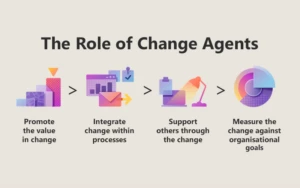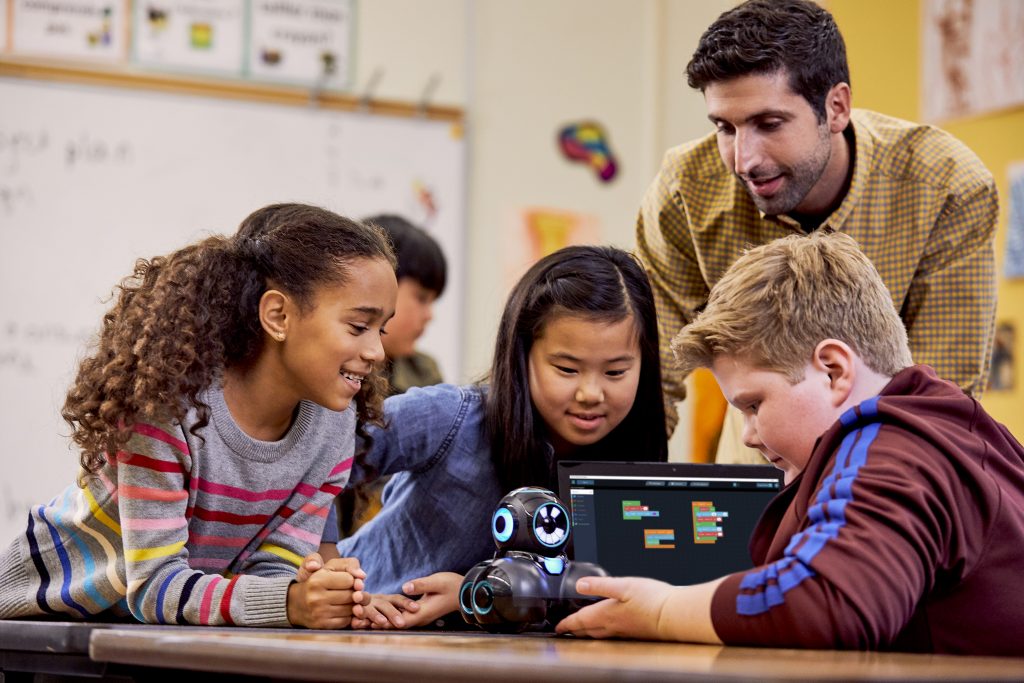
Get your creative curriculum on
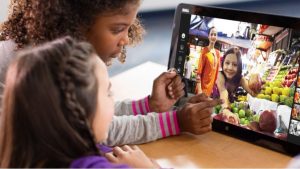 We often hear about how we as educators are preparing our learners for an uncertain future and for jobs that haven’t been created yet. Whilst we might be asked to ensure we have a broad and balanced curriculum, schools are being squeezed tighter and tighter, often in ways which results in a narrowing of the curriculum. It doesn’t have to be that way though.
We often hear about how we as educators are preparing our learners for an uncertain future and for jobs that haven’t been created yet. Whilst we might be asked to ensure we have a broad and balanced curriculum, schools are being squeezed tighter and tighter, often in ways which results in a narrowing of the curriculum. It doesn’t have to be that way though.
With digital skills high on the agenda in many schools across the whole of the UK it is great to see the company-wide commitment of Microsoft to support the growth of these skills in the UK. To that end, they have developed a whole programme to support this initiative. Their aim, to have delivered by 2020, 30,000 new digital apprenticeships, 30,000 Public Sector officials trained and 500,000 new cloud experts. Wow indeed!
[msce_cta layout=”image_center” align=”center” linktype=”blue” imageurl=”https://www.microsoft.com/en-gb/industry/blog/wp-content/uploads/sites/22/2019/02/Digital-Skills-IWD-e1549882457480.png” linkurl=”https://www.microsoft.com/en-gb/athome/digitalskills/” linkscreenreadertext=”Digital skills programme for all ages” linktext=”Digital skills programme for all ages” imageid=”7570″ ][/msce_cta]
How can you do it?
In recent years we’ve seen some debunking of Bloom’s Taxonomy and its importance, however we all know that in order to be problem solvers and finders and demonstrate the skills that employers want alongside qualifications, something needs to change. Creativity is an important skill to be able to use to help learners unpick and solve the problems of tomorrow. Sure, technology and AI will help with this but what about right now?
To help with this, Microsoft have been continuing their efforts to develop software which can support teaching and learning in creative ways. Take the Paint 3D for example. Completely redefining the Paint program of yesteryear, they’ve updated it to include some simply phenomenal features to help learners create amazing things. For example, you can create professional 3D models which can be explored in lots of different ways such as through Mixed Reality. The 3D objects that you create can then be placed directly into other tools such as PowerPoint to enable you to explore the creations whilst presenting about them in 3D too, you can even animate them!
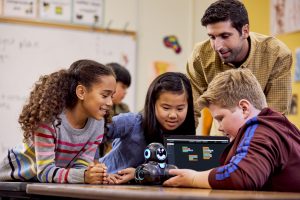 Microsoft Learning Consultant, Jose Kingsley Davies, has created a series of videos to help teachers learn how they can embed this fantastic free tool into the curriculum. Focusing upon the STEAM subjects of Science, Technology, Engineering, Art and Mathematics, the series of videos will prove to be super-helpful in embedding this innovative tool into your curriculum.
Microsoft Learning Consultant, Jose Kingsley Davies, has created a series of videos to help teachers learn how they can embed this fantastic free tool into the curriculum. Focusing upon the STEAM subjects of Science, Technology, Engineering, Art and Mathematics, the series of videos will prove to be super-helpful in embedding this innovative tool into your curriculum.
Other tools such as Sway allow you to create modern, innovative and beautiful creative presentations, newsletters or documents which allow learners to be creative in the presentation of their work. Sway is such an intuitive tool it enables you to easily create beautiful, striking pieces of work allowing learners to focus on the most important element of their creations – the content. Hosted online, the Sways created are viewed in a web browser but effortlessly, these are completely reshaped and resized to fit whatever browser you might be using. Therefore, whether you are viewing it on a phone, a tablet, a laptop or even a big screen, the presentation will always look awesome. Find out more about Sway and what you can do with it by visiting the Sway site here.
A recent addition to the Microsoft family of tools for education has had educators from around the world going slightly crazy (in a good way) because in its addition, it has made the awesome tool completely free. For those educators on Twitter and social media, the hashtag #FlipgridFever has been difficult to miss in recent times. Flipgrid is the awesome social learning tool that enables you to easily engage and give feedback on work that learners have created. One stumbling block for many schools previously was that this awesome platform involved a cost; well not anymore! Microsoft have purchased this fantastic piece of educational technology and made it completely free to all in education! To learn more about this fantastic tool and how it can help learning in creative ways in your school visit this page here.
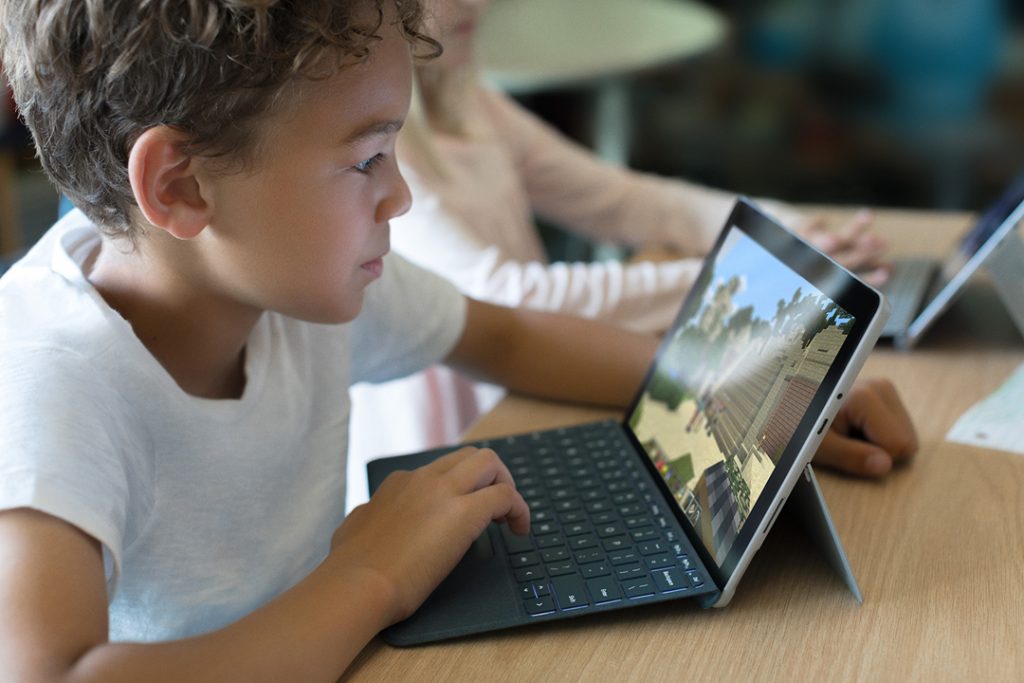
Lastly but by no means least, Microsoft’s Minecraft for Education offer is phenomenal. All around the world young people are creating the most amazing things in Minecraft to demonstrate, model, enhance and support their learning. If you haven’t looked at it yet as a tool for your learners, you should do. A world in which learners take control of what they are creating, it is a fantastic tool to support all types of STEAM activities. With lots of free class resources, plugins such as the recent Chemistry update or the even more recent aquatic update enabling learners to build underwater worlds that comes with 17 standards-aligned lessons – there has never been so much support to help educators make the most of their educational technology in purposeful and meaningful ways. Learn more about Minecraft in Education here and if you’re looking for training in any of these areas, not only are there great resources and support in the Microsoft Educator Community but there is also a great educator Minecraft community you can tap in to as well by visiting here.
Never before have the opportunities for creativity been so readily available from Microsoft. Start your journey today and see what unleashing these tools in your classroom can do for learning, progress and creativity in your learners.
 About the author
About the author
Mark Anderson is a former teacher and school leader and now award-winning author, blogger, speaker, thought-leader and trainer around all things to do with teaching, learning and effective use of technology in the classroom.
Mark firmly believes that education is a force for good and under his moniker of the ICT Evangelist he strives to demonstrate how technology is something that can help to make the big difference to the lives of learners and teachers alike.



